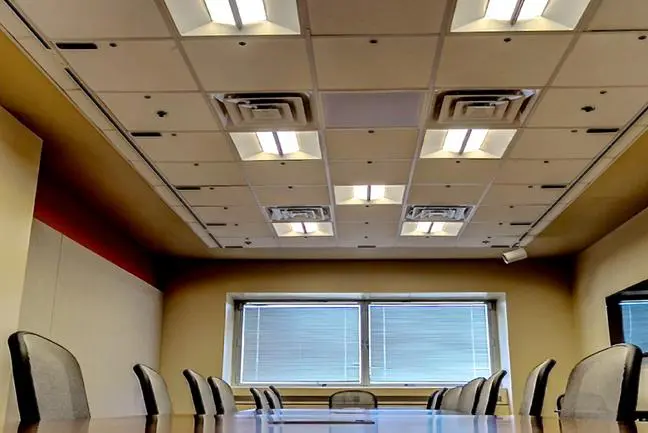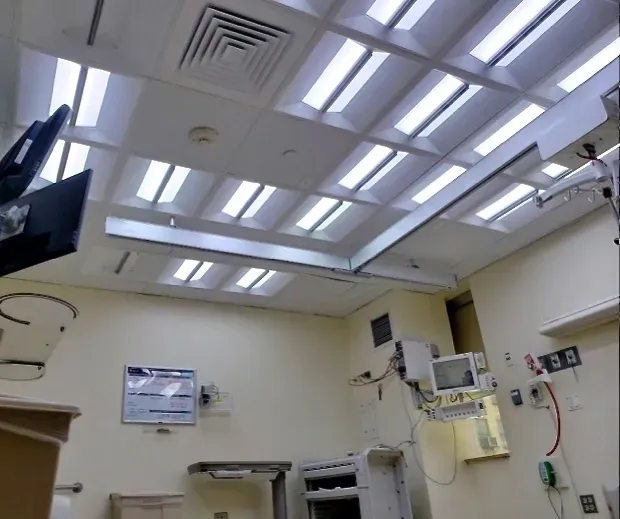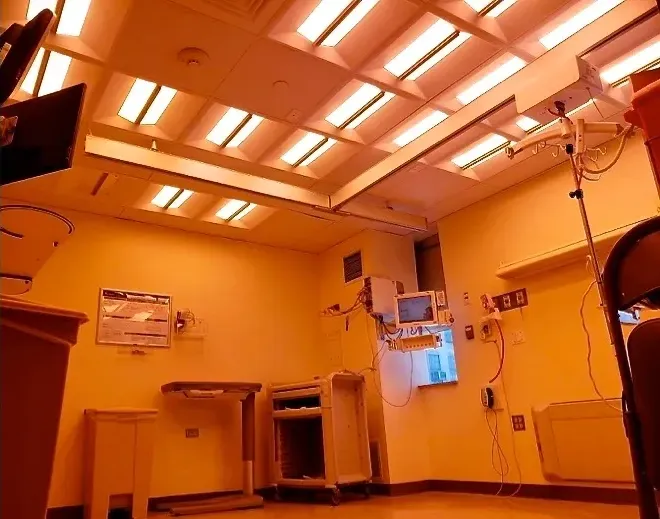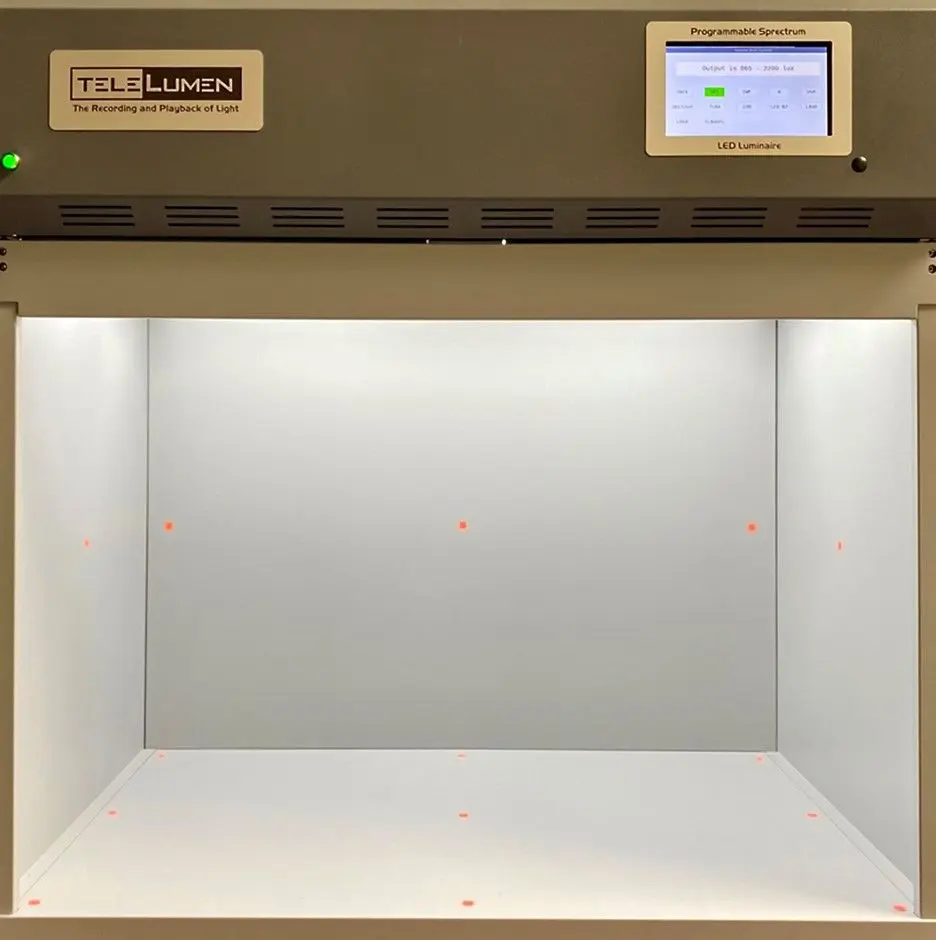

TELELUMEN LUMINAIRES INSTALLED AT PNNL
The Pacific Northwest National Laboratory (PNNL) is world renowned for its research capabilities in areas such as climate, environment, energy, and energy efficiency. As part of the United States Department of Energy with the mission to transform the world through courageous discovery and innovation, the laboratory does fundamental research that lays the foundation for innovations that advance sustainable energy.
PNNL has built a laboratory, shown at left, in two different types of illumination. They use Telelumen luminaires to simulate just about any spectral power distribution that could be made with LEDs today. It allows them to rapidly evaluate the effect of different lighting conditions on human perception and performance. They equipped their laboratory with the 24 channel Dittosizer products. “The number of channels and controllability is unmatched in the current market.” (Photos courtesy of PNNL)

Telelumen Smart & Human-Centric Lighting Applications
LESA CENTER AT RENSSELAER POLYTECHNIC INSTITUTE (RPI)
The LESA (Lighting Enabled Systems & Applications) Center is developing intelligent systems to address challenges in the connected environment, such as lighting systems with embedded intelligence from sensors that automatically maximize light quality, minimize energy use by sensing occupant needs and controlling LED lighting to study circadian rhythms. Telelumen luminaires are a key component for the study of intelligent human-centric lighting.
Another lighting Testbed is located at the University of New Mexico Hospital. It conducts multi-day studies to gauge the effectiveness of light therapy in synchronizing human circadian rhythms as a potential treatment for insomnia, mood disorders, and other health problems. The Testbed uses color-tunable lighting from LESA industry member Telelumen.
The Jefferson Hospital Lighting Initiative
Founded in 1984 by renowned researcher George C. Brainard, Ph.D., Jefferson's Light Research Program uses basic and applied science to study how various visible and non-visible light sources influence human physiology and behavior. In Phase One of the Jefferson Hospital Lighting Initiative, the team has modified an ICU patient room in the Jefferson Hospital for Neuroscience with a smart lighting system from Telelumen (shown here). This next-generation space is enabling researchers to perform controlled studies exploring the impact of LED lighting on patient health and recovery in the hospital setting.


Source: - Thomas Jefferson University Hospital
Shown at left is the Telelumen lighting system set to a mode enriched in the short wavelengths of the visible spectrum; above right is the same system but enriched in the long wavelengths.
The lighting in an intensive care unit (ICU) hospital room has been retrofitted in the Jefferson Hospital for Neuroscience. The smart lighting system from Telelumen is potentially capable of adjusting spectrum and intensity in real-time based on biometric feedback and human rest/activity cycles. This facility will help elucidate how tunable architectural lighting can optimize the health of patients admitted to the ICU.
Color Evaluation - Photographic Lighting
The state-of-the-art Telelumen Octa Light Player is ideal for accurate color evaluation in color-critical applications. Meeting strict specifications and capable of reproducing international standards like D50 and D65 (shown below) spectra, the Octa has been adapted for viewing booth configurations useful for photography and color evaluations. For more details, refer to the brochure here.

